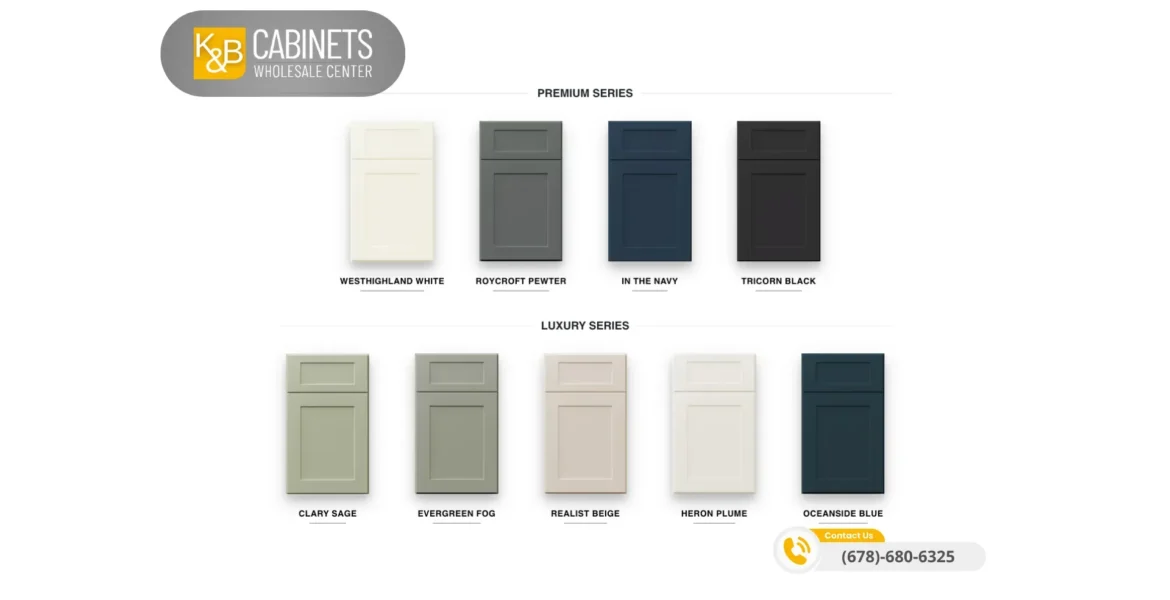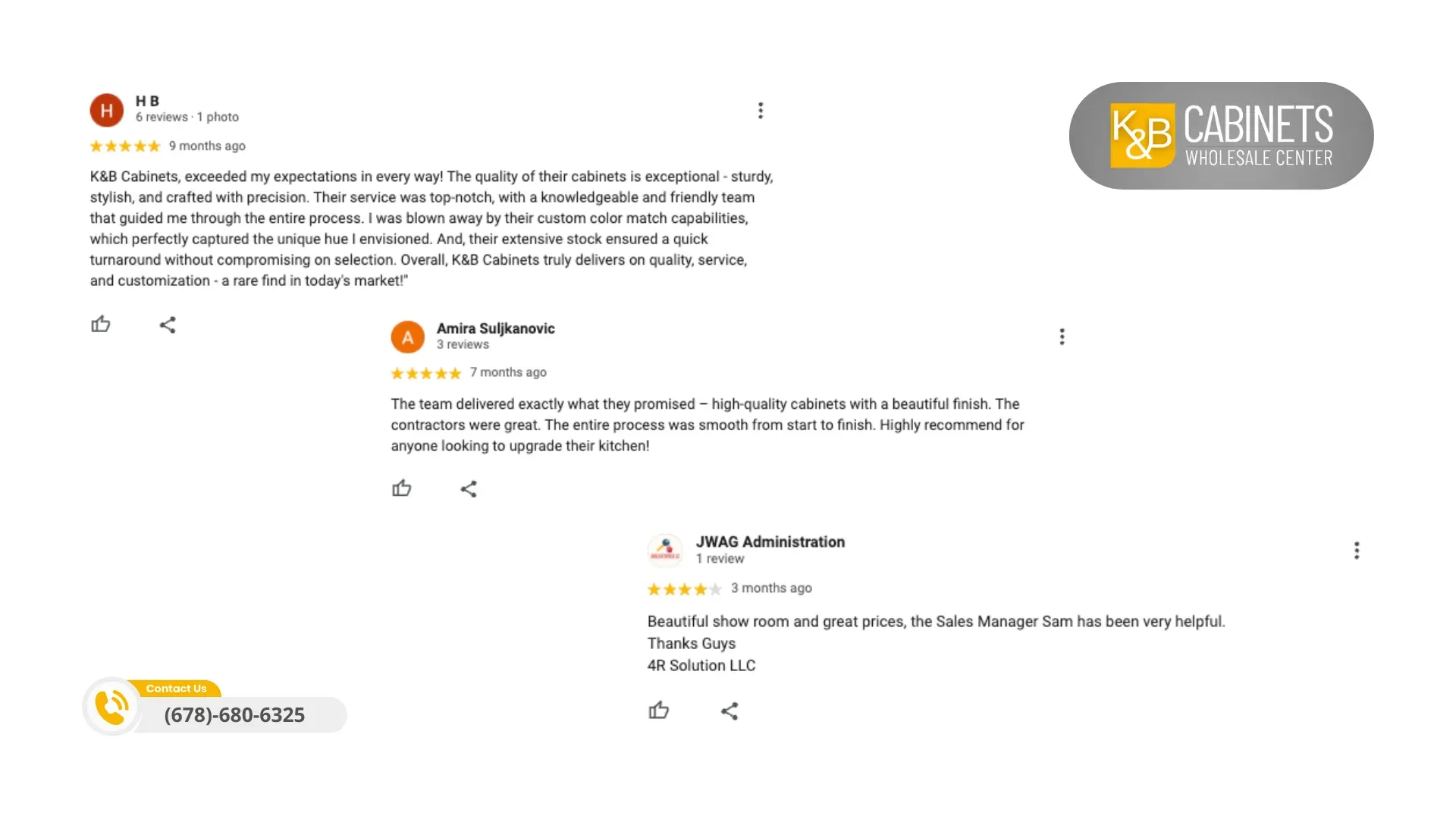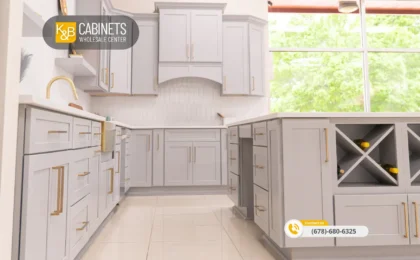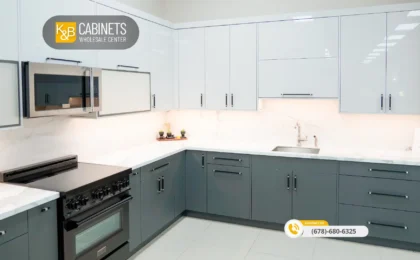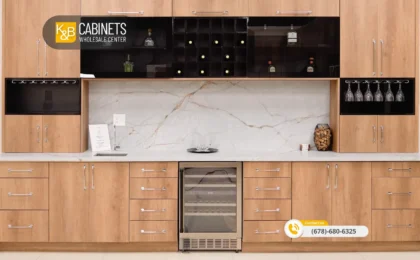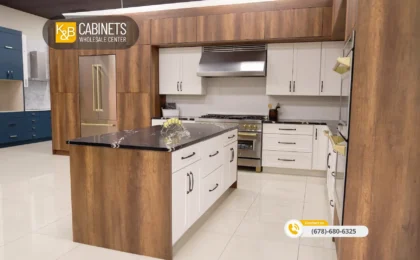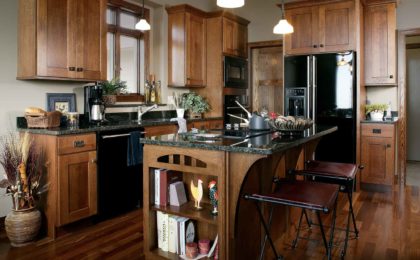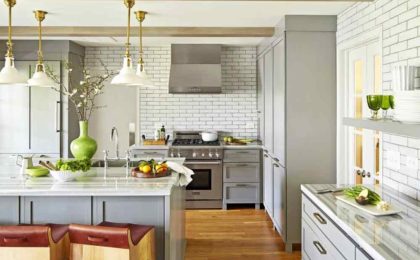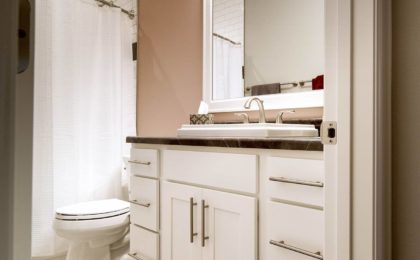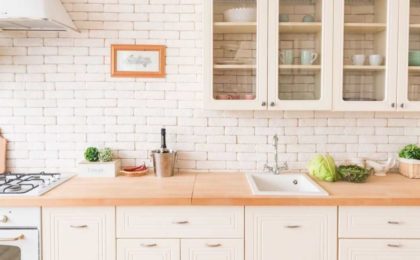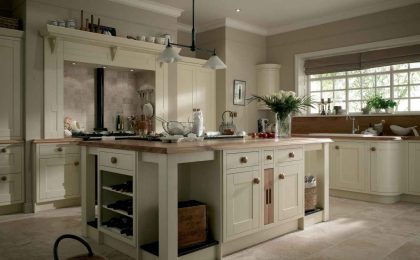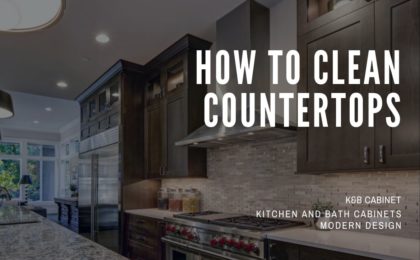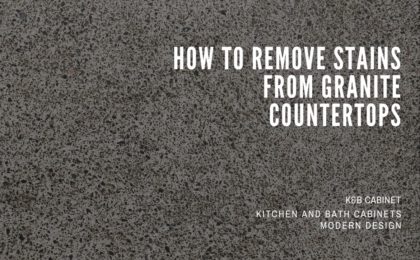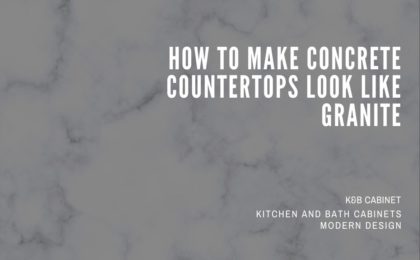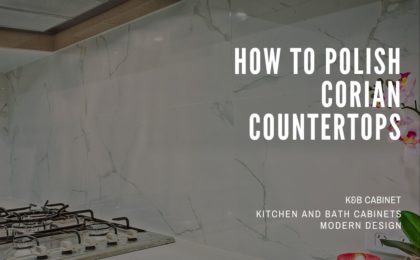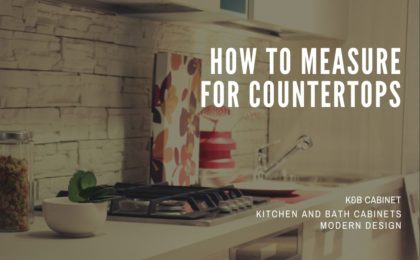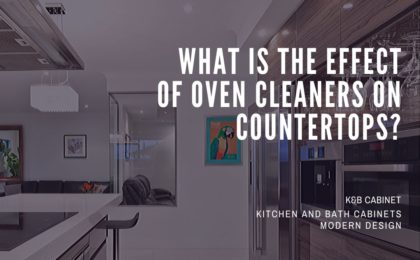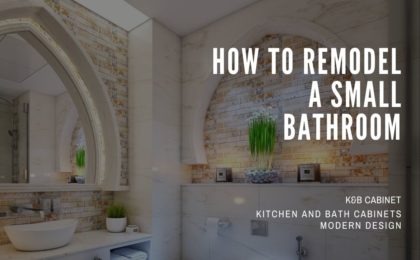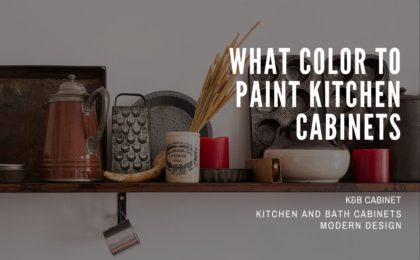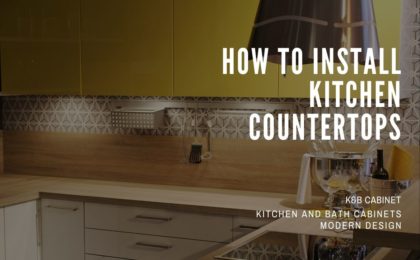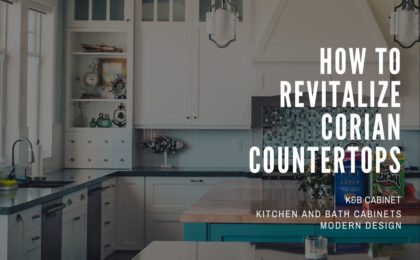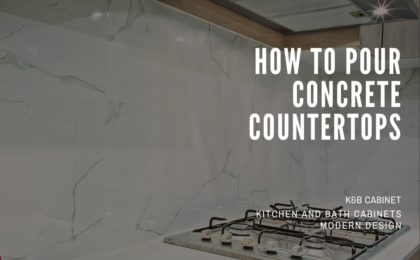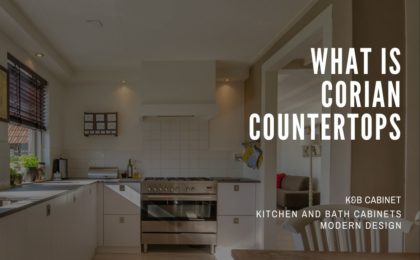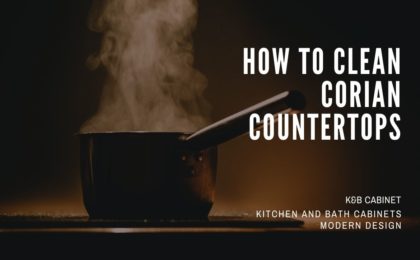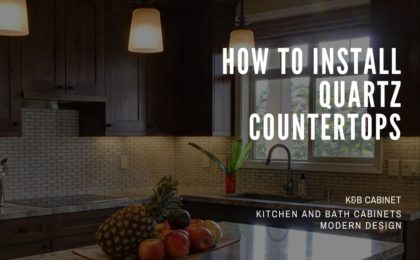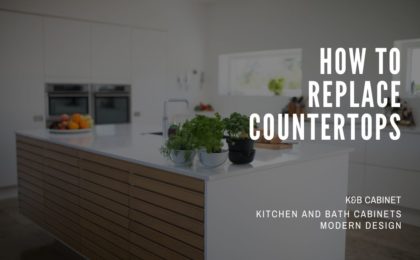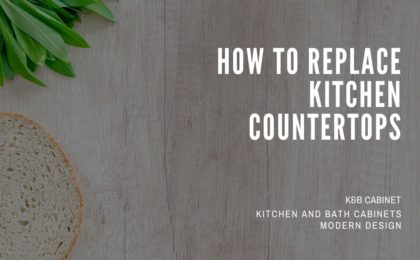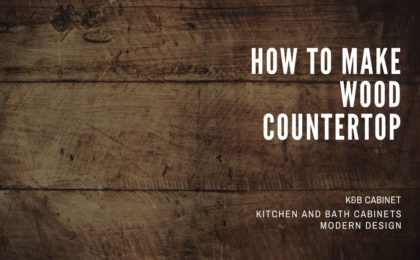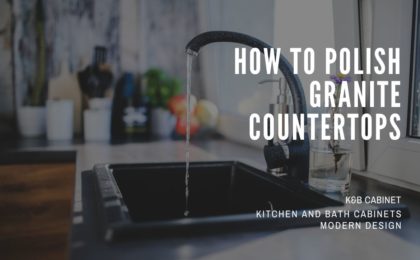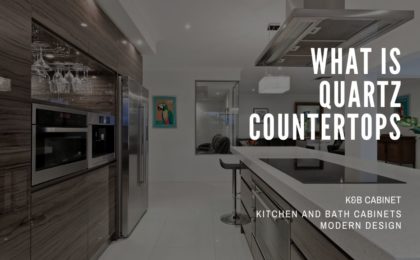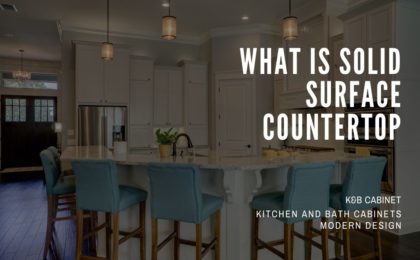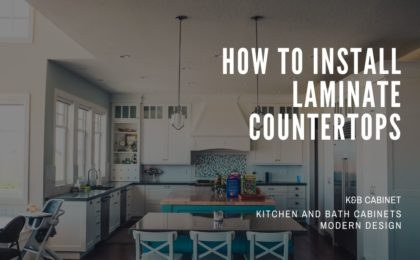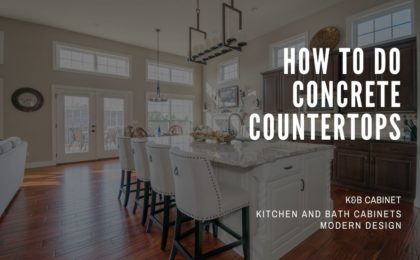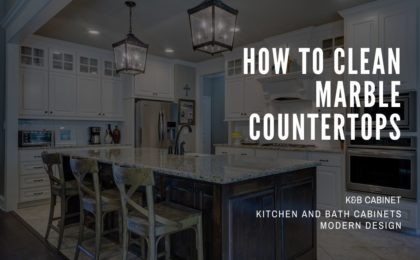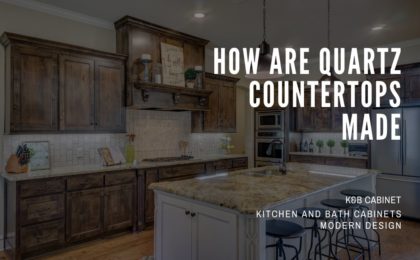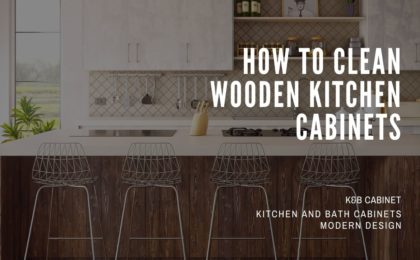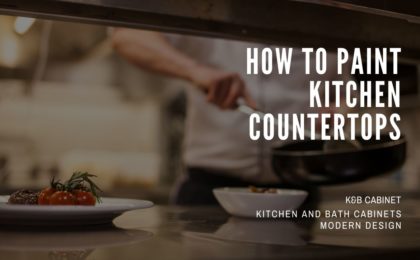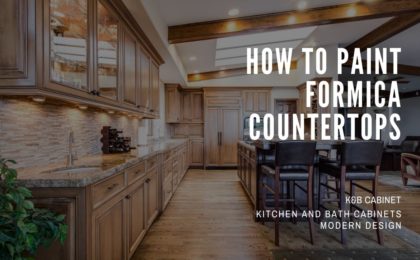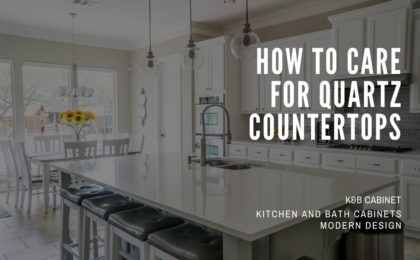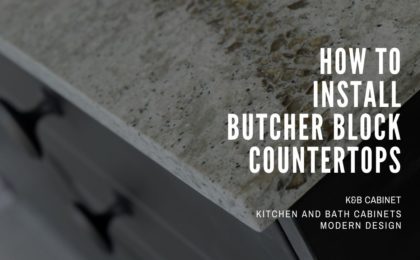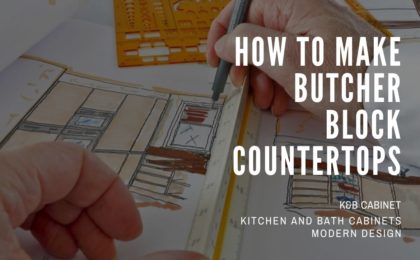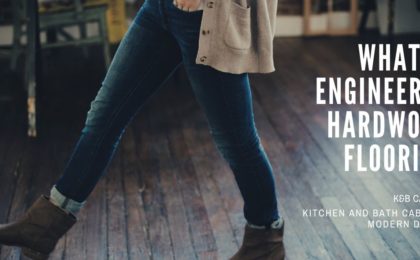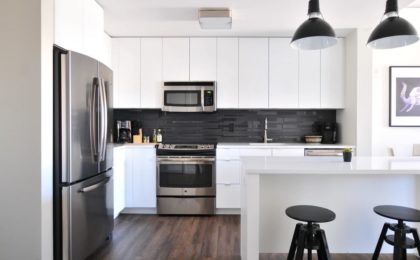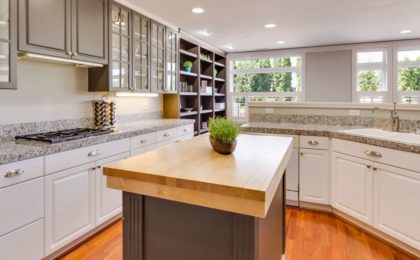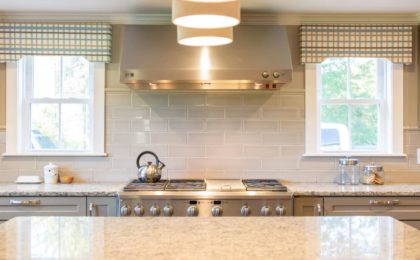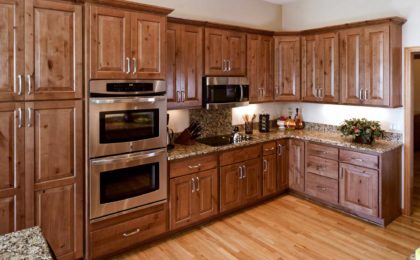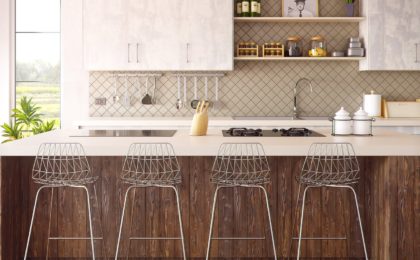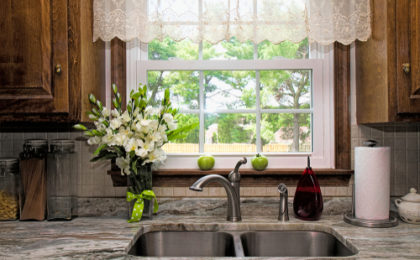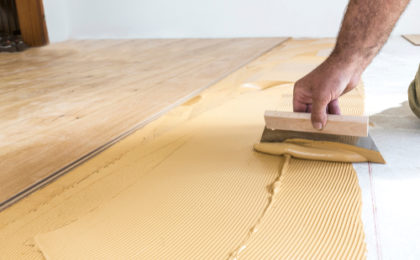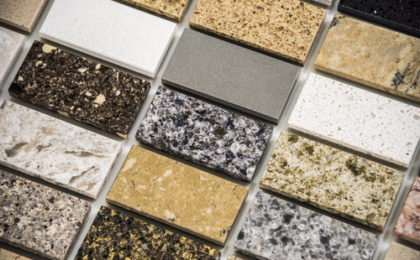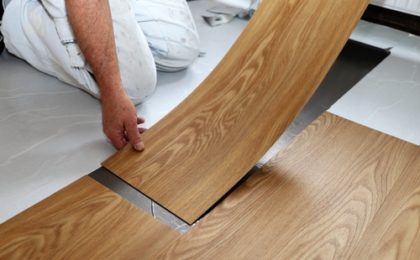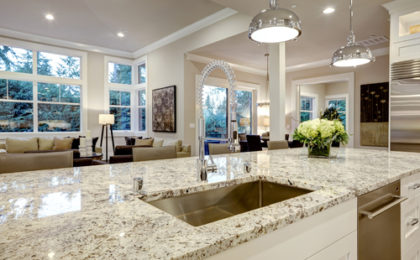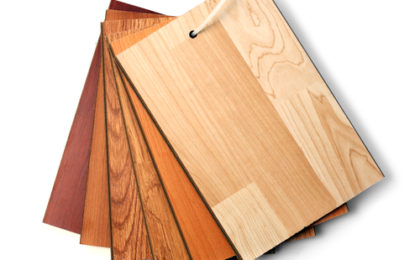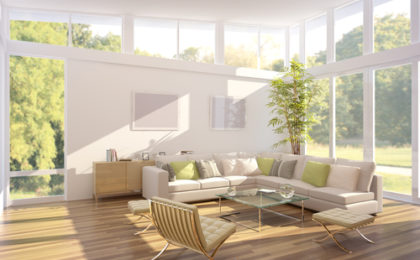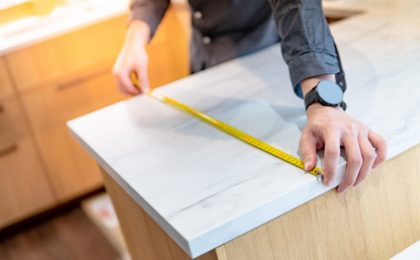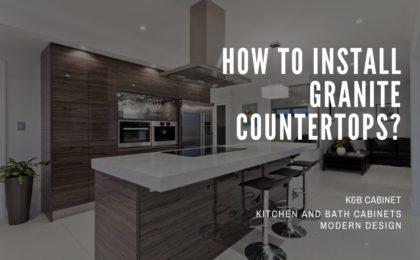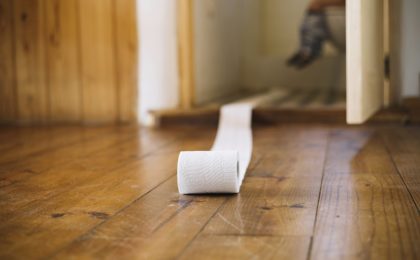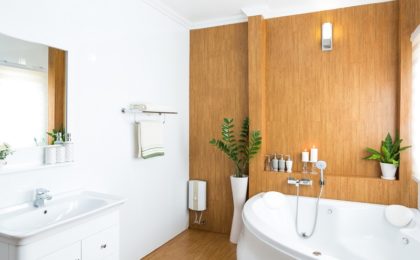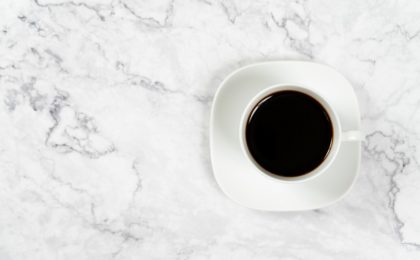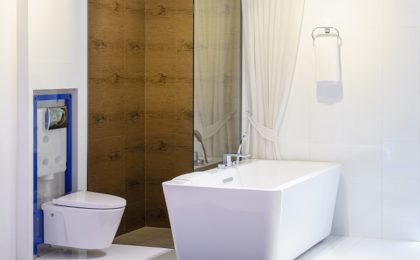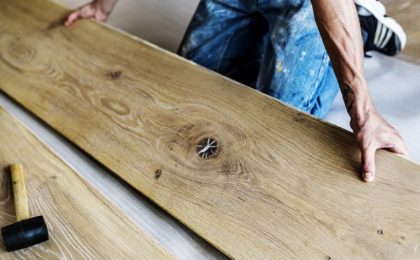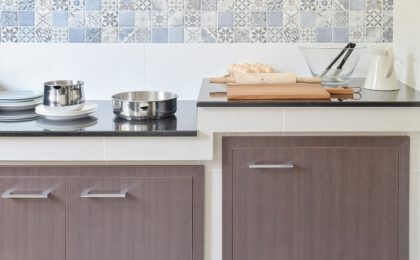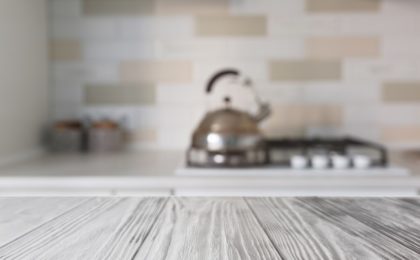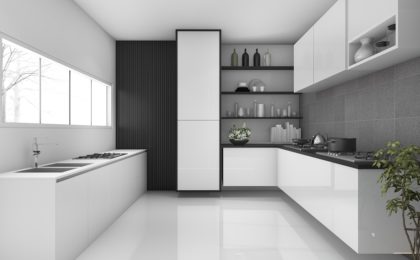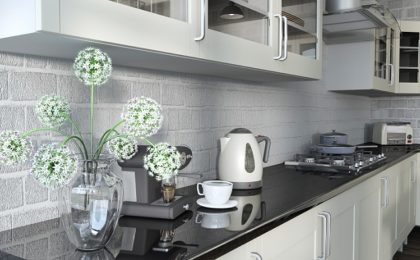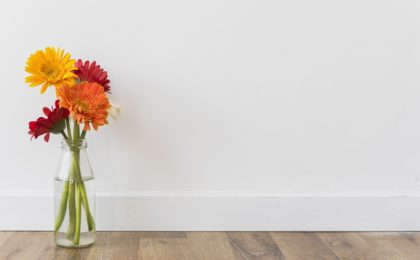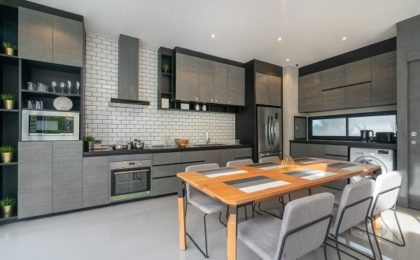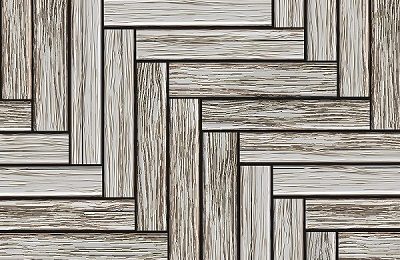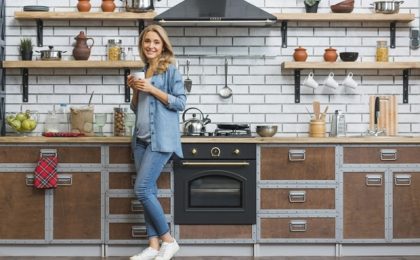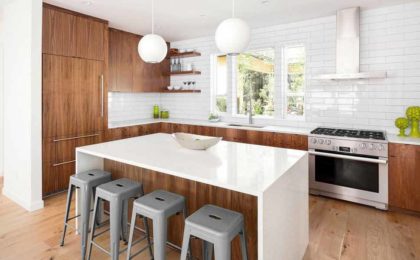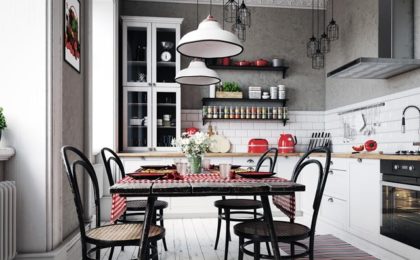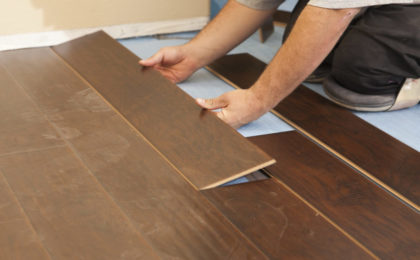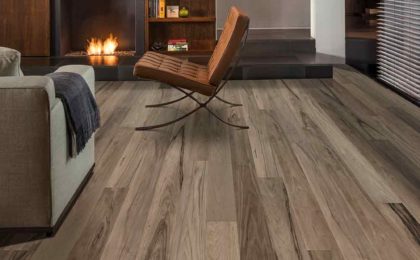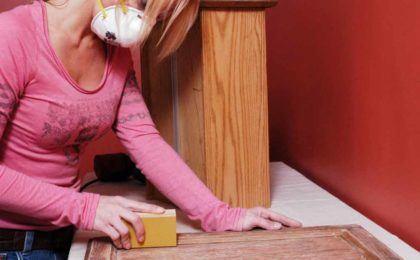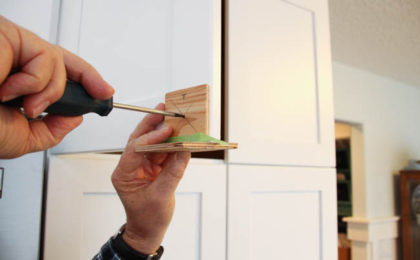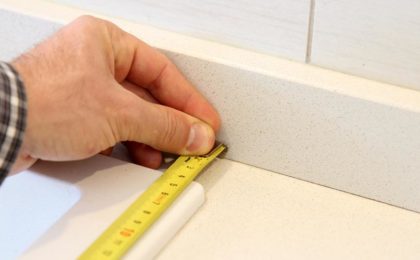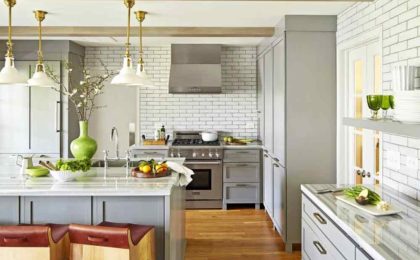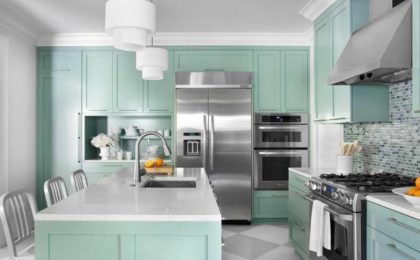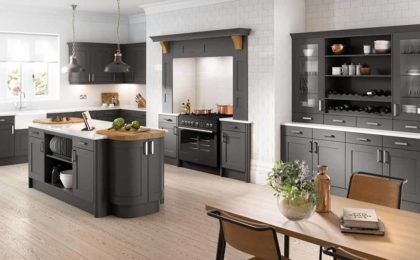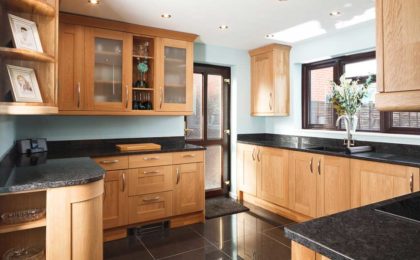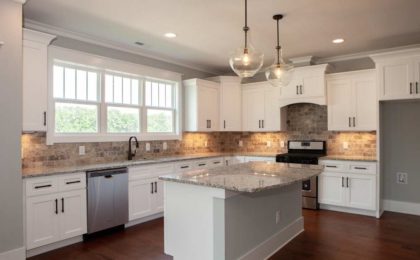Top 4 Cabinet Finish Options: Choosing the Best Look
When renovating a kitchen or designing one from scratch, selecting the right cabinet finish options represents one of the most impactful decisions homeowners will make. The finish applied to kitchen cabinets not only determines their visual appeal but also influences their durability, maintenance requirements, and overall contribution to the space’s aesthetic harmony.
Understanding the nuances of different finishing techniques empowers homeowners to make informed choices that align with their design vision, lifestyle needs, and long-term satisfaction with their investment.
Key Takeaways for Top 4 Cabinet Finish Options: Choosing the Best Look
- Cabinet Finishes Define Aesthetics and Durability: Finishes protect cabinets from moisture, wear, and damage while shaping the kitchen’s visual style and atmosphere.
- Finishes Impact Design and Mood: They influence how cabinets interact with light, affecting the perceived size of the space and creating emotional tones such as cozy warmth or modern sophistication.
- Consider Style, Light, and Lifestyle: Select finishes that complement your home’s architecture, kitchen size, natural light, and household needs, such as durability or low maintenance.
- Painted Finishes Offer Versatility: High-quality alkyd, acrylic, or hybrid paints provide durable, customizable color options for any design style.
- Painted Cabinets Suit Multiple Styles: From farmhouse to modern, painted finishes in muted or bold colors create cohesive, timeless, or trendy looks.
- Painted Finishes Require Maintenance: They show fingerprints and scratches more easily, especially in dark colors, but can be repaired with touch-ups.
- Stained Finishes Highlight Natural Beauty: Stains enhance wood grain and color, offering unique, organic textures in light, medium, or dark tones.
- Stained Cabinets Age Gracefully: They develop a patina over time, are repairable, and remain timeless, ideal for traditional or rustic kitchens.
- Glazed Finishes Add Depth: Applied over painted or stained bases, glazes create subtle color variations or aged effects, emphasizing cabinet details.
- Glazing Bridges Traditional and Modern: Bold glazes suit classic kitchens, while subtle ones enhance contemporary designs with sophistication.
- Natural Finishes Showcase Wood: Clear coats preserve wood’s grain and color, perfect for minimalist or Scandinavian styles, emphasizing sustainability.
- Match Finishes to Space and Function: Balance aesthetics with durability, maintenance, and lighting to ensure finishes enhance both style and practicality.
Article Contents
Understanding Cabinet Finishes
What Is a Cabinet Finish?
A cabinet finish encompasses the final protective and decorative coating applied to cabinet surfaces after the initial construction and preparation work has been completed. This finish serves dual purposes: protecting the underlying wood or substrate material from moisture, wear, and environmental damage while simultaneously providing the desired visual appearance that complements the overall kitchen design scheme.
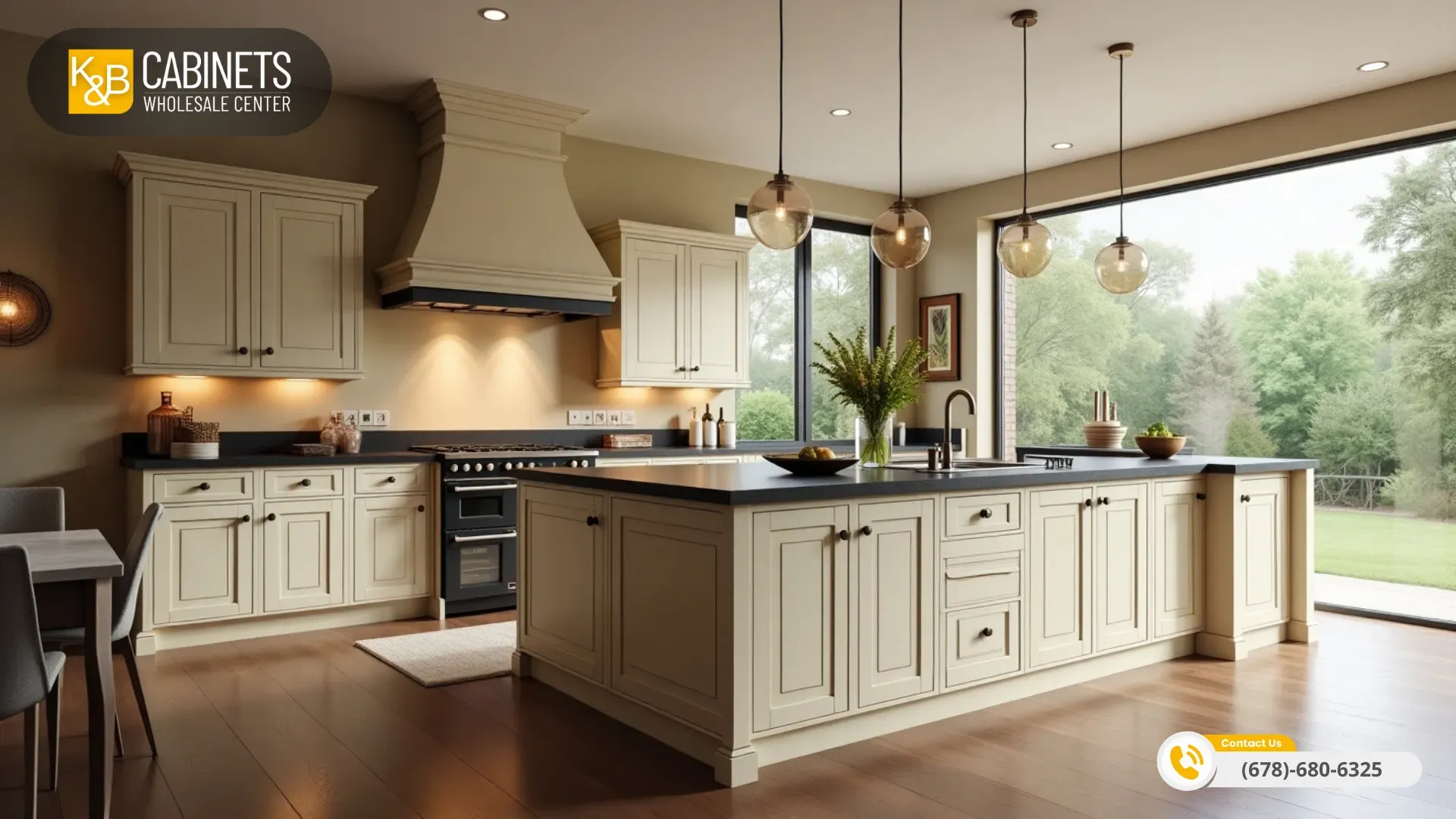
The finishing process typically involves multiple steps, beginning with thorough surface preparation that includes sanding, cleaning, and priming when necessary. The chosen finish material is then applied using various techniques such as brushing, spraying, or wiping, depending on the specific product requirements and desired outcome. Each finishing method creates distinct characteristics in terms of texture, sheen level, and visual depth that contribute to the cabinet’s final appearance.
Why Cabinet Finishes Matter in Design and Durability
The importance of cabinet finishes extends far beyond mere aesthetics, though their visual impact cannot be understated. A well-chosen finish acts as the primary defense mechanism protecting cabinet surfaces from the daily challenges of kitchen environments, including moisture from cooking activities, temperature fluctuations, grease splatter, and frequent handling. Without adequate protection, even the highest quality cabinet construction can deteriorate rapidly, leading to costly repairs or premature replacement.
From a design perspective, cabinet finish options serve as the foundation upon which entire kitchen color schemes and style themes are built. The finish determines how cabinets interact with lighting, both natural and artificial, influencing the perceived size and brightness of the space. Darker finishes tend to absorb light and create intimate, cozy atmospheres, while lighter finishes reflect light and contribute to open, airy feelings that can make smaller kitchens appear more spacious.
The psychological impact of different finishes also plays a significant role in daily kitchen experiences. Smooth, glossy finishes often convey modern sophistication and cleanliness, while textured or distressed finishes can evoke warmth, tradition, and lived-in comfort. Understanding these subtle influences helps homeowners select finishes that not only look appealing but also create the emotional atmosphere they desire in their primary gathering space.
Key Factors That Affect Finish Selection
Several critical factors should guide the selection process when evaluating cabinet finish options. The existing architectural style of the home provides important context, as certain finishes complement specific design periods and aesthetic approaches more effectively than others. Traditional homes often benefit from classic stained wood finishes or painted options in timeless colors, while contemporary spaces may call for sleeker, more uniform painted surfaces or natural finishes that emphasize clean lines and minimal ornamentation.
Kitchen size and natural light availability significantly influence how different finishes will appear and function within the space. Smaller kitchens with limited natural light may benefit from lighter painted finishes that help reflect available light and create visual expansion, while larger kitchens with abundant natural light can successfully accommodate darker stained finishes that might overwhelm more compact spaces.
Lifestyle considerations, including cooking frequency, household size, and maintenance preferences, also play crucial roles in finish selection. Families with young children or frequent entertainers may prioritize durability and easy cleaning over purely aesthetic concerns, leading them toward painted finishes that can withstand heavy use and occasional impacts. Conversely, empty nesters or occasional cooks might prioritize visual appeal and select more delicate finishes that require gentler care but provide superior aesthetic satisfaction.

1. Painted Cabinet Finish
Best Paint Types for Cabinets
Painted cabinet finishes have gained tremendous popularity due to their versatility, durability, and ability to complement virtually any design style. The success of a painted finish largely depends on selecting appropriate paint formulations specifically designed for cabinet applications. High-quality cabinet paint differs significantly from standard wall paints, incorporating specialized binders and additives that enhance adhesion, durability, and resistance to wear.
Alkyd-based paints, often referred to as oil-based paints, provide exceptional durability and create smooth, professional-looking surfaces that resist chipping and wear. These paints level beautifully during application, minimizing brush marks and creating uniform surfaces that highlight the quality of the underlying craftsmanship. However, alkyd paints require longer drying times and proper ventilation during application due to solvent content.
Water-based acrylic paints have evolved dramatically in recent years, now offering durability that rivals traditional oil-based formulations while providing easier cleanup, faster drying times, and lower environmental impact. Premium acrylic cabinet paints incorporate advanced resin technologies that create hard, durable surfaces capable of withstanding daily kitchen use while maintaining color integrity over time.
Hybrid paint formulations combine the best characteristics of both alkyd and acrylic technologies, providing the durability and smooth finish quality of oil-based paints with the convenience and environmental benefits of water-based systems. These innovative products often represent the optimal choice for homeowners seeking professional-quality results with user-friendly application characteristics.
Pros and Cons of Painted Finishes
Painted cabinet finishes offer numerous advantages that make them appealing to a wide range of homeowners. The most significant benefit lies in their unlimited color possibilities, allowing perfect coordination with existing design elements or enabling bold design statements that reflect personal style preferences. Unlike natural wood finishes that are limited to the inherent wood tones, painted finishes can achieve any conceivable color, from subtle neutrals to vibrant accent shades.
The uniformity achieved with painted finishes appeals to homeowners who prefer consistent, clean appearances that emphasize cabinet design and hardware rather than natural wood variations. This consistency proves particularly valuable in contemporary and transitional kitchen designs where visual harmony and clean lines take precedence over organic textures and patterns.
Painted surfaces also offer superior repairability compared to other finish types. Minor scratches, dings, or wear patterns can often be touched up or completely refreshed without requiring complete refinishing, making painted cabinets a practical long-term investment. Additionally, changing color preferences can be accommodated through repainting, allowing style updates without cabinet replacement.
However, painted finishes do present certain challenges that require consideration. They can show wear patterns, fingerprints, and minor damage more readily than some other finish types, particularly in high-traffic areas or on frequently touched surfaces. Darker painted colors may show dust, water spots, and scratches more prominently than lighter shades, requiring more frequent cleaning and maintenance attention.
The painting process itself requires careful surface preparation and multiple coating applications to achieve professional results, making it more labor-intensive than some alternative finishing methods. Additionally, painted finishes may require periodic refreshing to maintain their optimal appearance, particularly in kitchens that experience heavy use.
Design Styles That Pair Well with Painted Cabinets
Painted cabinet finishes demonstrate remarkable versatility across numerous design styles, making them suitable for virtually any kitchen aesthetic. Farmhouse and cottage-style kitchens particularly benefit from painted finishes in soft, muted tones such as sage green, warm gray, or classic white. These colors enhance the cozy, lived-in character that defines these popular design approaches while providing the clean, fresh appearance that modern families desire.
Contemporary and modern kitchen designs frequently feature painted cabinets in bold, sophisticated colors or classic white and black combinations. The smooth, uniform surfaces achieved with quality paint applications complement the clean lines and minimalist aesthetic principles that characterize these design styles. High-gloss painted finishes can enhance the sleek, polished appearance that defines luxury modern kitchens.
Traditional kitchen designs also accommodate painted finishes beautifully, particularly when combined with decorative details such as raised panels, crown molding, and ornate hardware. Classic colors such as navy blue, forest green, or warm cream create timeless appeal that honors traditional design principles while providing the practical benefits of modern paint technology.
Transitional kitchens, which blend traditional and contemporary elements, find painted finishes particularly suitable for achieving the balanced aesthetic that defines this popular design approach. Neutral painted colors such as greige, warm white, or soft blue provide the flexibility to incorporate both classic and modern design elements without creating visual conflict.
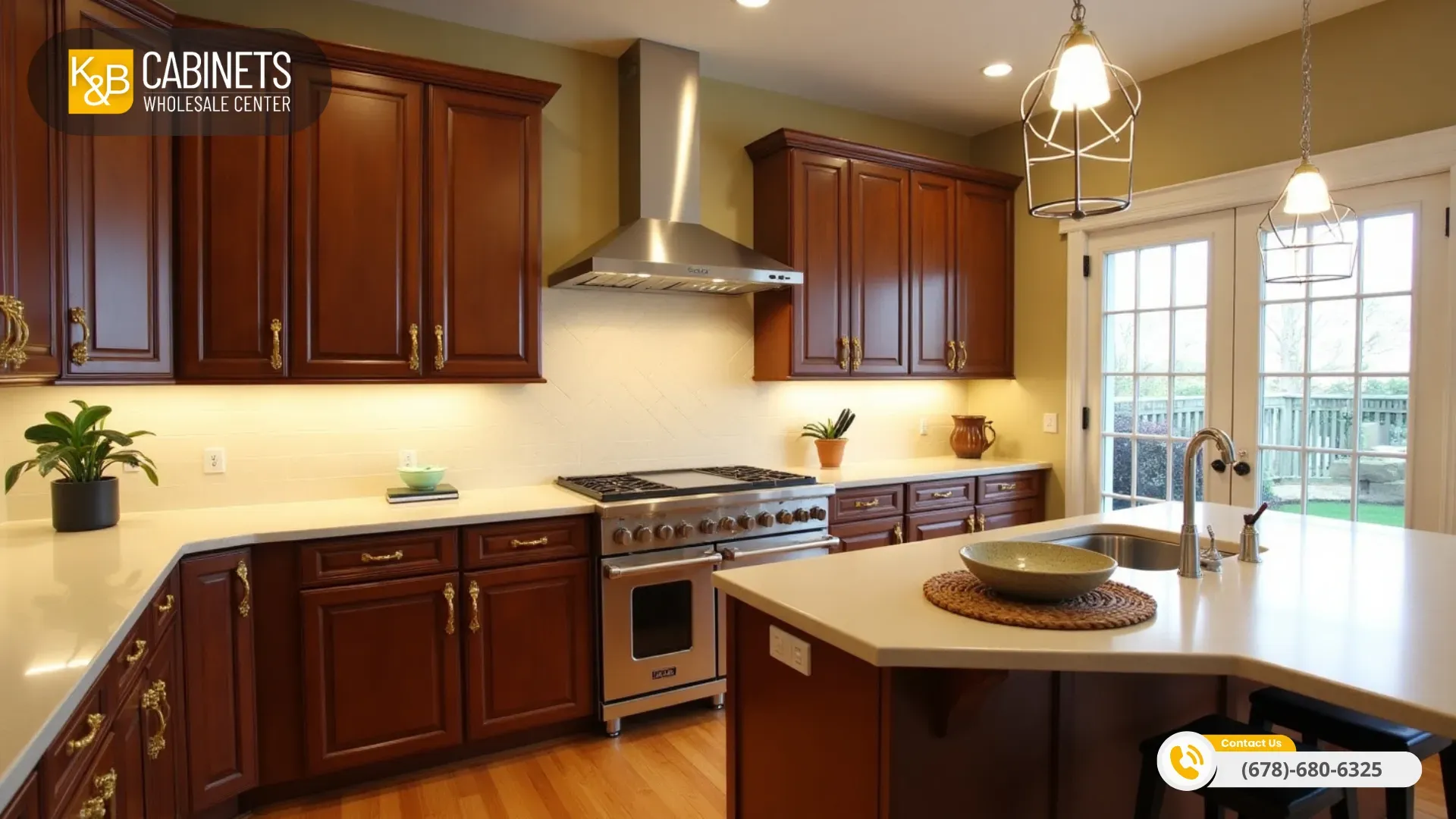
2. Stained Cabinet Finish
Popular Wood Stains and Tones
Stained cabinet finishes celebrate the natural beauty of wood while providing protection and enhancing the inherent grain patterns and color variations that make each piece unique. The world of wood stains offers an extensive palette of colors and tones, from light, barely-there applications that preserve the wood’s natural appearance to deep, rich colors that dramatically transform the wood’s character while maintaining its organic texture and visual interest.
Light stain colors, including natural, honey, and golden oak tones, preserve much of the wood’s original character while adding subtle warmth and protection. These lighter applications work particularly well with woods that possess attractive natural grain patterns, such as oak, ash, or hickory, allowing the wood’s inherent beauty to serve as the primary design element. Light stains prove especially effective in smaller kitchens or spaces with limited natural light, as they help maintain brightness while adding warmth and organic texture.
Medium-toned stains, encompassing colors such as walnut, cherry, and medium brown, provide more dramatic color transformation while still allowing wood grain patterns to remain visible and contribute to the overall aesthetic. These stain colors offer excellent versatility, complementing both traditional and contemporary design styles while providing sufficient color depth to serve as effective design anchors in larger kitchen spaces.
Dark stain options, including espresso, ebony, and deep walnut tones, create bold, sophisticated appearances that can serve as dramatic focal points in kitchen designs. These rich colors provide excellent contrast opportunities when paired with lighter countertops, backsplashes, or wall colors, creating visual depth and interest that enhances the overall design composition.
Advantages of Staining Natural Wood Cabinets
Stained wood cabinet finishes offer unique advantages that appeal to homeowners who appreciate natural materials and organic design elements. The primary benefit lies in preserving and enhancing the wood’s natural grain patterns, creating surfaces with inherent visual interest and character that cannot be replicated through other finishing methods. Each piece of stained wood displays unique characteristics, ensuring that no two cabinets appear identical, adding personality and authenticity to the kitchen environment.
The aging characteristics of stained wood finishes often improve their appearance over time, developing patina and character that enhance rather than detract from their visual appeal. Unlike painted surfaces that may show wear as deterioration, well-maintained stained wood surfaces often become more beautiful with age, developing depth and richness that contribute to the kitchen’s overall character and charm.
Stained finishes also offer excellent repairability when minor damage occurs. Small scratches or dings can often be addressed through localized sanding and re-staining, blending seamlessly with the surrounding finish. This repairability makes stained cabinets practical long-term investments that can maintain their appearance through decades of use with proper care and occasional maintenance.
The timeless appeal of natural wood finishes ensures that stained cabinets remain stylistically relevant across changing design trends. While specific stain colors may vary in popularity, the fundamental appeal of natural wood transcends temporary fashion preferences, providing lasting satisfaction and value that justifies the initial investment.
Ideal Kitchens for Stained Cabinet Finishes
Stained cabinet finishes prove particularly effective in kitchens that emphasize natural materials, traditional design elements, or rustic aesthetic approaches. Homes with architectural details such as exposed beams, stone accents, or natural textures find stained wood cabinets provide visual harmony that connects interior and exterior environments while maintaining consistency with the overall design philosophy.
Traditional and craftsman-style kitchens represent ideal applications for stained wood cabinets, as these design approaches celebrate handcrafted details and natural materials. The visible grain patterns and organic color variations inherent in stained finishes complement the emphasis on quality construction and authentic materials that define these enduring design styles.
Larger kitchens with abundant natural light can successfully accommodate darker stained finishes that might overwhelm smaller spaces. The natural light helps prevent dark stains from making the space feel closed-in while highlighting the wood grain patterns and color depth that make stained finishes so appealing. Strategic lighting design can further enhance these benefits, using under-cabinet lighting and accent fixtures to showcase the wood’s natural beauty.
Kitchens that serve as primary family gathering spaces often benefit from the warmth and comfort that stained wood finishes provide. The natural, organic appearance creates inviting atmospheres that encourage family interaction and entertaining, making the kitchen feel like a true heart-of-the-home space rather than merely a functional work area.
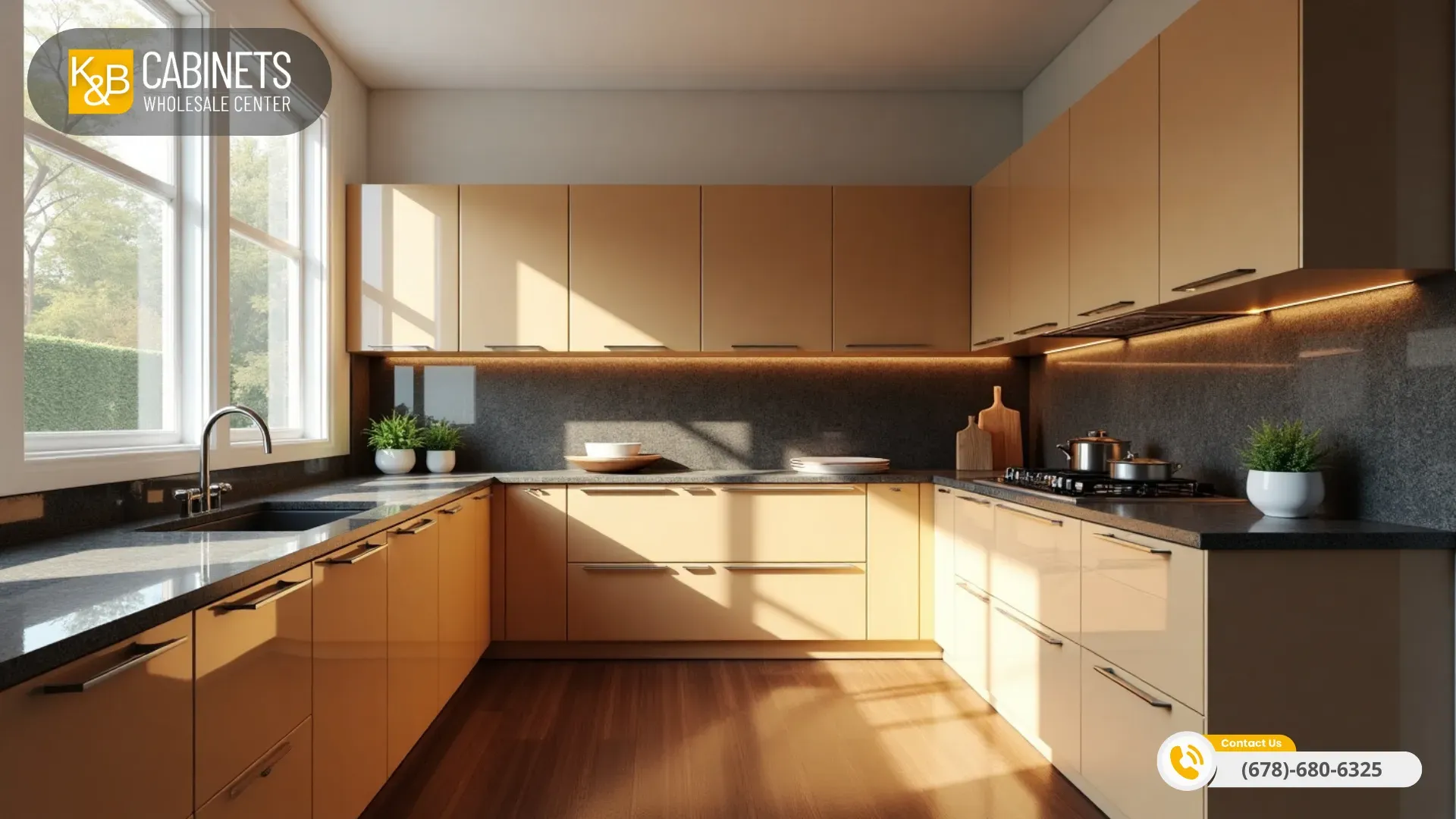
3. Glazed Cabinet Finish
What Is a Glaze and How Is It Applied?
Glazed cabinet finishes represent sophisticated finishing techniques that add depth, character, and visual interest to cabinet surfaces through the application of translucent color layers over base finishes. A glaze consists of a semi-transparent coating that can be applied over painted or stained surfaces to create subtle color variations, highlight architectural details, or achieve aged, antique appearances that suggest years of gentle wear and patina development.
The glazing process typically begins with a fully cured base finish, whether painted or stained, which provides the foundation color and serves as the primary protective layer. The cabinet glaze is then applied using various techniques, including brushing, wiping, or sponging, depending on the desired final appearance. The glaze can be manipulated while wet to create different effects, from subtle color variations to more dramatic contrast levels that emphasize raised panels, molding details, or other architectural elements.
Professional glazing techniques often involve building up multiple thin layers rather than attempting to achieve the desired effect with a single heavy application. This approach allows for greater control over the final appearance and enables the creation of complex color interactions that provide visual depth and sophistication. The glaze can be concentrated in recessed areas to create shadow effects, or it can be applied more uniformly to achieve subtle color modifications across entire surfaces.
The final step in the glazing process typically involves the application of a protective topcoat that seals the glaze and provides durability. This topcoat ensures that the artistic effects achieved through glazing remain stable and protected from daily wear while maintaining the visual characteristics that make glazed finishes so appealing.
When to Use Glazing for Enhanced Cabinet Detail
Glazed finishes prove particularly effective when the goal involves emphasizing architectural details and creating visual interest on cabinet surfaces that might otherwise appear flat or monotonous. Raised panel doors, decorative moldings, and intricate millwork details all benefit from glazing techniques that highlight these features through subtle shadow effects and color variations that add dimensional appearance.
The aging effects achieved through cabinet glazing appeal to homeowners who desire the character and warmth associated with antique or vintage furniture but prefer the functionality and construction quality of modern cabinetry. Glazing can simulate years of gentle wear and patina development, creating authentic-looking aged appearances that suggest history and craftsmanship traditions.
Glazed finishes also provide solutions for homeowners who find solid painted colors too stark or uniform for their design preferences but don’t want the grain patterns associated with stained wood finishes. The subtle color variations and depth created through glazing offer visual interest and complexity while maintaining the color consistency that painted finishes provide.
Kitchen designs that incorporate multiple cabinet heights, varying door styles, or complex architectural elements often benefit from glazed finishes that unify these diverse elements through consistent treatment while highlighting individual details. The glazing process can create visual cohesion across different cabinet components while ensuring that special features receive appropriate emphasis.
Glazed Cabinets in Traditional vs. Modern Kitchens
Glazed cabinet finishes have traditionally been associated with classic, traditional kitchen designs where they complement ornate details, formal layouts, and sophisticated color schemes. In traditional applications, glazing often emphasizes raised panels, cathedral arches, and decorative moldings while creating the aged patina that suggests quality craftsmanship and timeless appeal. Earth-tone glazes in warm browns, soft grays, or muted greens enhance the cozy, established character that defines traditional kitchen aesthetics.
However, contemporary interpretations of glazed finishes have expanded their application into modern and transitional kitchen designs. Modern glazing techniques can create subtle, sophisticated effects that add visual interest without overwhelming clean-lined contemporary aesthetics. Light, neutral glazes applied over white or gray base colors can provide depth and character while maintaining the fresh, uncluttered appearance that modern design principles emphasize.
The key to successfully incorporating glazed finishes into modern kitchens lies in restraint and subtlety. Rather than the dramatic contrast levels that traditional applications might employ, modern glazing tends toward gentle color variations that enhance rather than dominate the overall design composition. These subtle applications can provide the visual interest and sophistication that prevent modern kitchens from feeling sterile while maintaining the clean, organized appearance that defines contemporary style.
Transitional kitchen designs particularly benefit from glazed cabinet finishes because they provide the perfect bridge between traditional character and modern functionality. The depth and interest created through glazing satisfy the desire for warmth and personality while the controlled application maintains the streamlined appearance that makes transitional designs so broadly appealing.
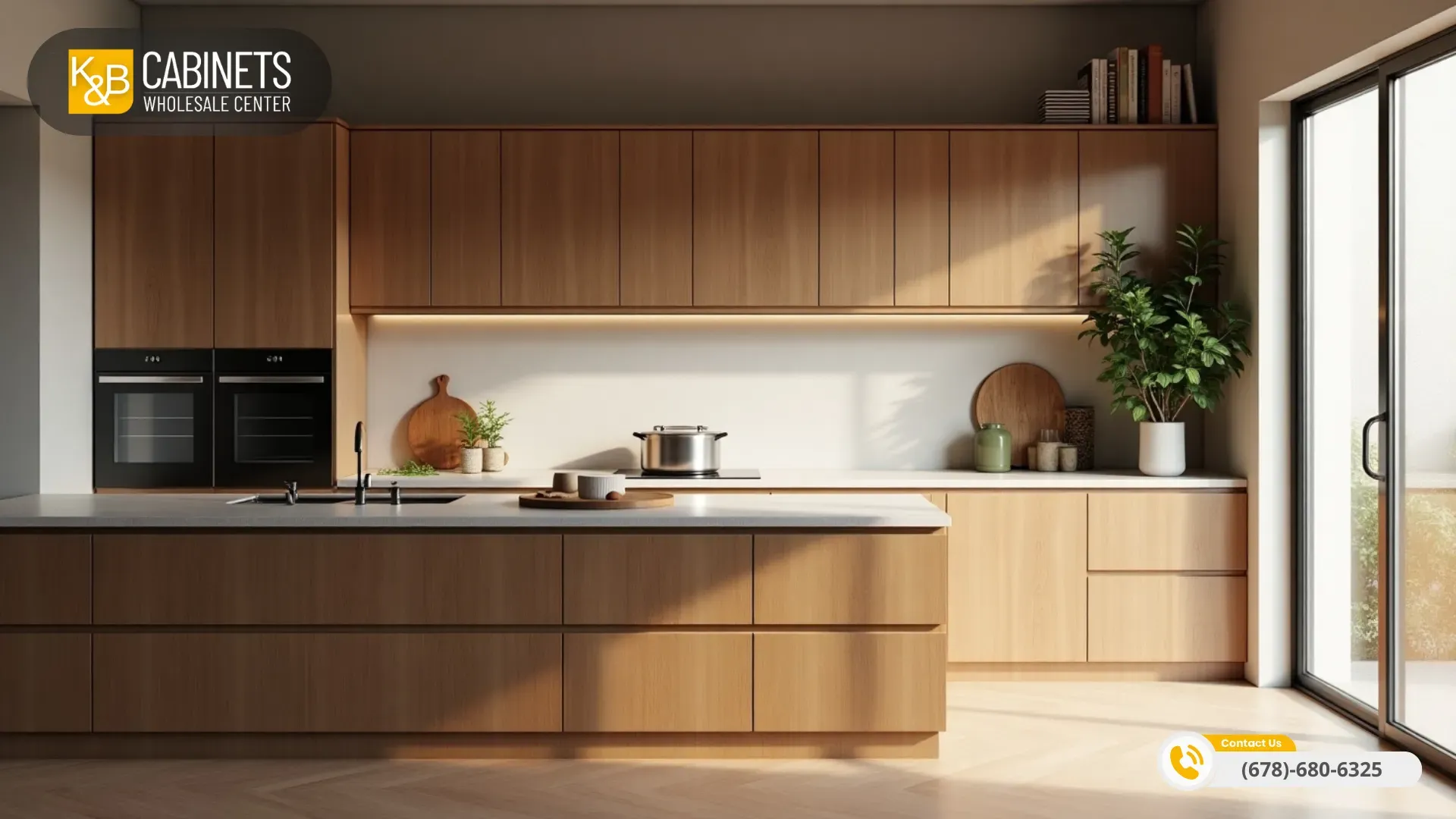
4. Natural or Clear-Coated Finish
Letting the Wood Grain Shine Through
Natural cabinet finishes represent the purest expression of wood’s inherent beauty, allowing the grain patterns, color variations, and natural characteristics to serve as the primary design elements without interference from stains, paints, or other color-modifying treatments. These finishes typically involve the application of clear protective coatings that preserve and enhance the wood’s natural appearance while providing the durability and protection necessary for kitchen cabinet applications.
The appeal of clear-coated finishes lies in their ability to showcase the unique personality of different wood species. Each type of wood possesses distinct grain patterns, color characteristics, and natural features that create individual character and visual interest. Oak displays prominent, bold grain patterns that create strong visual texture, while maple offers subtle, refined grain that provides smooth, even surfaces with gentle color variations.
Cherry wood develops its characteristic warm, reddish tones over time when finished with clear coatings, creating dynamic surfaces that change and improve with age. Walnut provides rich, chocolate-brown colors with striking grain contrasts that create naturally dramatic appearances without requiring any artificial color enhancement. These natural variations ensure that each kitchen featuring clear-finished cabinets possesses unique character that cannot be replicated through manufactured finishing techniques.
The preservation of natural wood characteristics through clear finishes also maintains the connection to nature and organic materials that many homeowners find psychologically comforting and aesthetically satisfying. The subtle variations in grain patterns and natural color differences create visual interest that prevents monotony while providing the warmth and authenticity that artificial finishes struggle to replicate.
Minimalist and Scandinavian Aesthetic Appeal
Natural wood finishes align perfectly with minimalist and Scandinavian design philosophies that emphasize simplicity, functionality, and the inherent beauty of natural materials. These design approaches celebrate the concept that less is more, finding beauty in restraint and allowing the quality of materials and craftsmanship to serve as the primary decorative elements rather than relying on applied ornamentation or artificial color schemes.
Scandinavian kitchen designs frequently feature clear-coated cabinet finishes in light wood species such as birch, beech, or pine that create bright, airy atmospheres while providing the warmth and organic texture that prevent minimalist spaces from feeling cold or sterile. The natural blonde tones typical of these wood species complement the white and neutral color palettes that define Scandinavian aesthetics while adding the textural interest necessary to create visually engaging environments.
The sustainability aspects of natural finishes also appeal to environmentally conscious homeowners who prefer materials and treatments that minimize chemical processing and artificial additives. Clear protective coatings typically contain fewer volatile organic compounds than pigmented finishes, contributing to better indoor air quality while providing the protection necessary for long-term durability.
Modern minimalist kitchens benefit from the visual calm that natural wood finishes provide, creating serene environments that support the stress-reduction goals that often motivate minimalist lifestyle choices. The subtle, consistent appearance of clear-finished wood surfaces provides visual continuity that enhances the sense of order and tranquility that well-designed minimalist spaces should create.
Maintenance Tips for Clear-Coated Cabinets
Clear-coated cabinet finishes require specific maintenance approaches to preserve their natural beauty and protective properties over time. Unlike painted or heavily pigmented finishes that can hide minor imperfections, natural finishes display every mark, scratch, or stain, making regular care and prompt attention to damage essential for maintaining optimal appearance.
Daily maintenance involves gentle cleaning with mild soap solutions and soft cloths that remove fingerprints, food residue, and kitchen grease without damaging the protective coating or underlying wood. Avoiding harsh chemicals, abrasive cleaners, or rough cleaning materials prevents damage to the clear coat that could compromise protection and appearance. Water spots should be dried promptly to prevent mineral deposits from etching the finish surface.
Periodic maintenance may involve light sanding and reapplication of protective coatings, particularly in high-wear areas such as door handles, drawer fronts, or frequently touched surfaces. This maintenance preserves the protective barrier while refreshing the appearance and ensuring continued durability. Professional refinishing services can address more significant wear or damage while maintaining the natural appearance that makes these finishes so appealing.
Environmental factors such as direct sunlight, humidity fluctuations, and temperature variations can affect natural wood finishes more dramatically than other finish types. Controlling these factors through appropriate window treatments, ventilation systems, and climate control helps preserve the finish integrity and prevents premature aging or deterioration that could require extensive restoration efforts.
| Cabinet Finish | Key Features | Best For Kitchen Style |
|---|---|---|
| Painted | Unlimited colors, uniform look, repairable | Modern, Transitional, Farmhouse |
| Stained | Shows wood grain, timeless, natural warmth | Traditional, Rustic, Craftsman |
| Glazed | Adds depth, highlights details, vintage effect | Traditional, Transitional, Modern |
| Natural / Clear-Coated | Minimalist, shows true wood, eco-friendly | Scandinavian, Minimalist, Contemporary |
How to Choose the Right Finish for Your Kitchen
Match Finishes to Kitchen Style and Color Palette
Selecting appropriate cabinet finish options requires careful consideration of existing design elements and overall aesthetic goals to ensure visual harmony and style consistency throughout the kitchen space. The architectural style of the home provides important guidance, as certain finish types complement specific design periods and aesthetic approaches more effectively than others, creating cohesive transitions between different living spaces.
Traditional home styles often benefit from stained wood finishes or classic painted colors that honor historical design principles while providing modern functionality and durability. Georgian, Colonial, and Victorian architectural styles typically accommodate rich, warm wood tones or sophisticated painted colors such as deep blues, forest greens, or warm creams that create appropriate period character without sacrificing contemporary convenience.
Contemporary and modern homes generally favor painted cabinet finishes in clean, sophisticated colors or natural finishes that emphasize the inherent beauty of materials without unnecessary ornamentation. Stark whites, warm grays, or bold accent colors can create the visual impact that modern design principles require while maintaining the clean, uncluttered appearance that defines these aesthetic approaches.
The existing color palette within the kitchen and adjacent living spaces significantly influences finish selection success. Cabinet finishes should complement rather than compete with countertop materials, backsplash designs, flooring choices, and wall colors, creating harmonious color relationships that enhance rather than overwhelm the overall design composition. Neutral finishes provide flexibility for changing accent colors through accessories and decorative elements, while bolder finish choices require more commitment to specific color schemes.
Consider Durability and Maintenance
The practical aspects of different cabinet finish options deserve equal consideration alongside aesthetic preferences, as the long-term satisfaction with any finish choice depends heavily on its ability to withstand daily kitchen activities while maintaining its appearance through years of regular use. Different finishing techniques provide varying levels of durability, repairability, and maintenance requirements that can significantly impact the ownership experience.
Painted finishes generally offer excellent durability and repairability, particularly when high-quality cabinet-specific paints are properly applied over well-prepared surfaces. Minor damage can often be touched up or completely refreshed without requiring professional refinishing services, making painted cabinets practical choices for families with children or kitchens that experience heavy daily use.
Stained wood finishes provide good durability while offering superior aging characteristics that often improve appearance over time. However, they may require more careful maintenance to preserve their protective properties and may show wear patterns differently than painted surfaces. The repairability of stained finishes depends on the extent of damage and the skill required to blend repairs with existing color and grain patterns.
Natural and clear-coated finishes display wear patterns most readily, requiring prompt attention to damage and regular maintenance to preserve their appearance. However, they can often be refreshed through light sanding and recoating without completely refinishing, providing good long-term value when properly maintained.
Think About Lighting and Space Size
Lighting conditions, both natural and artificial, dramatically influence how different cabinet finish options appear and function within kitchen spaces, making careful consideration of these factors essential for successful finish selection. Natural light exposure, direction, and intensity throughout different times of day can significantly affect color appearance and visual impact, while artificial lighting choices can enhance or detract from finish characteristics.
Kitchens with abundant natural light can successfully accommodate darker stained finishes or bold painted colors that might overwhelm spaces with limited natural light exposure. The interplay between natural wood grain patterns and changing natural light creates dynamic visual effects that enhance the organic character of stained finishes while preventing dark colors from making spaces feel closed-in or oppressive.
Limited natural light conditions often benefit from lighter painted finishes or natural wood tones that reflect available light and create brighter, more open feelings within the space. White, cream, or light gray painted finishes can dramatically improve the perceived size and brightness of smaller kitchens while providing the clean, fresh appearance that many homeowners desire.
Kitchen size considerations extend beyond mere color choices to include the visual weight and texture characteristics of different finish types. Glazed finishes with significant contrast levels may overwhelm smaller spaces while providing appropriate visual interest in larger kitchens. Smooth painted finishes can help smaller kitchens feel larger and less cluttered, while textured natural finishes add character and warmth to larger spaces that might otherwise feel impersonal.
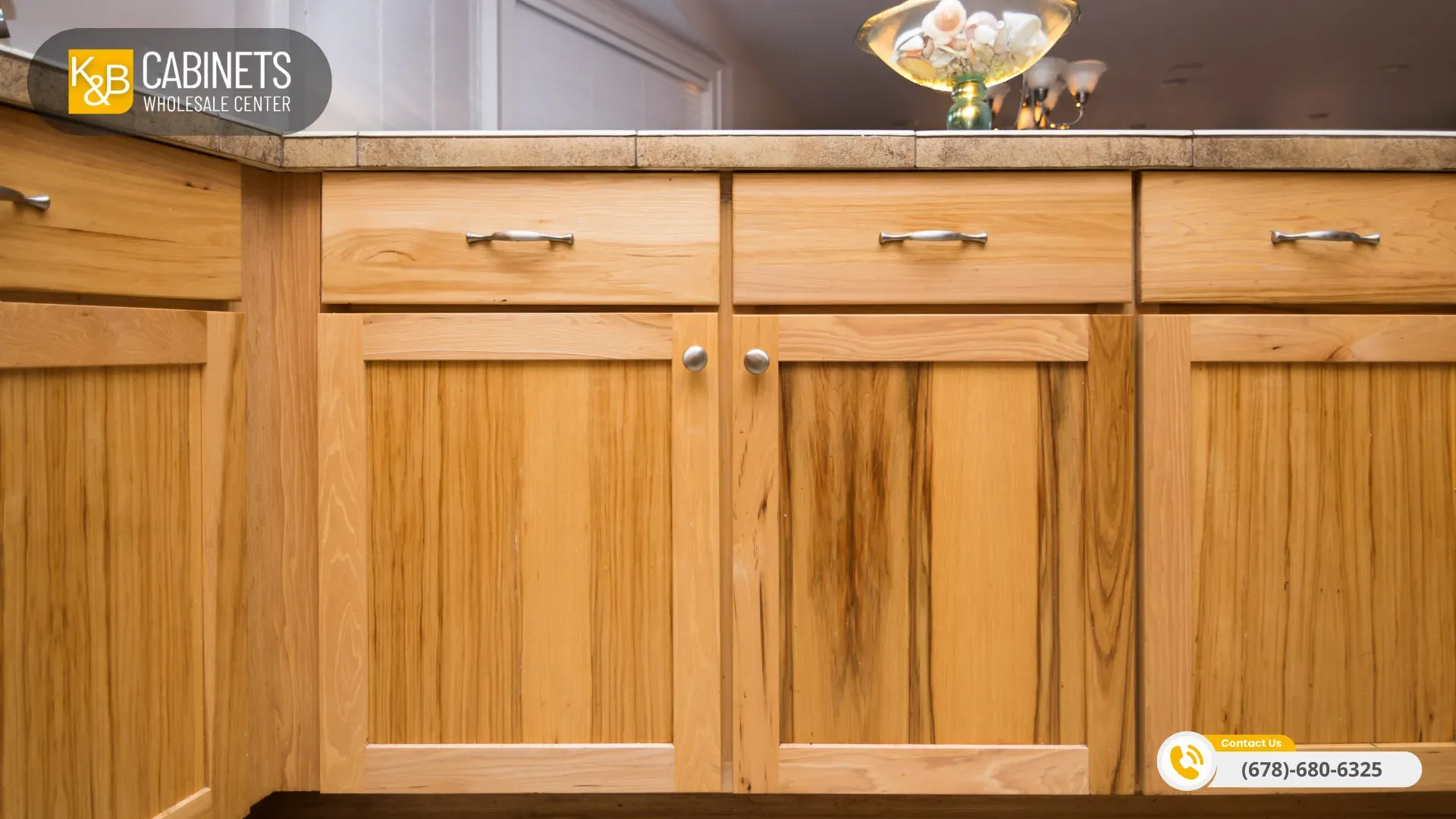
FAQs for Top 4 Cabinet Finish Options: Choosing the Best Look
What is the best finish for cabinets?
The best finish for kitchen cabinets depends on your priorities—durability, aesthetics, and maintenance. For most homeowners, a catalyzed lacquer or conversion varnish is considered the most durable and resilient finish, offering excellent protection against scratches, stains, and daily wear, while maintaining a beautiful appearance for years. If you want a classic look that highlights wood grain, a stained finish is ideal. For a modern or colorful kitchen, a painted finish provides limitless cabinet color and style options. Laminate and melamine finishes are best for those seeking easy maintenance and high cabinet durability in busy kitchens.
What are the different types of cabinet finishing?
There are several popular cabinet finish options:
- Painted Finish: Opaque color that hides wood grain, available in countless shades for both modern and traditional kitchens. Easy to update and clean, but can show chips and scratches.
- Stained Finish: Enhances natural wood grain and warmth, perfect for traditional or rustic kitchen design. Stains can range from light to dark, affecting how much wood grain shows.
- Glazed Finish: A translucent layer applied over paint or stain to add depth and highlight details, often used for an antique or designer look.
- Natural/Clear-Coated Finish: Seals and protects wood while letting its natural color and grain shine through, ideal for minimalist kitchen styles.
- Lacquer, Varnish, and Polyurethane: Clear protective topcoats that enhance durability and cabinet protection, available in matte to high-gloss sheens.
- Laminate and Melamine: Synthetic finishes that mimic wood or other textures, highly resistant to moisture and stains, and easy to maintain.
- Distressed, Rubbed, or Vintage Finishes: Techniques that create an aged, rustic, or heritage look by adding intentional wear or glaze accents.
What finish do professional cabinet makers use?
Professional cabinet makers typically use catalyzed lacquer, conversion varnish, or factory-applied polyurethane finishes because they offer superior cabinet durability, smoothness, and long-term protection. These finishes are often applied in controlled environments for a flawless, even result that resists chipping, moisture, and stains. For painted cabinets, pigmented lacquer or high-quality alkyd paints are also popular among professionals for their hard, glass-smooth finish and cabinet repair ease. For stained or natural wood looks, professionals often use multi-layer clear coats (like lacquer or varnish) to highlight wood grain and ensure cabinet longevity.
What are the different types of cabinet finishes?
The main cabinet finish options include painted finish, stained finish, glazed finish, and clear‑coated or natural finish:
- Painted finish offers endless cabinet color possibilities and suits modern kitchen or traditional kitchen styles—best with durable semi‑gloss or satin sheens for easy cleaning.
- Stained finish enhances the wood grain and natural tone while providing protection—ideal for showing off character-rich woods.
- Glazed finish layers a translucent coat over paint or stain to accent profiles and edges, adding depth to both traditional and minimalist kitchens.
- Clear‑coated/natural finish uses varnish, lacquer, or poly to protect without altering appearance—great for highlighting wood quality in clean, minimalist kitchen design.
How do I choose the best cabinet finish?
Choose based on these key factors:
- Kitchen design & style: Painted for bold or modern aesthetics; stained or clear‑coated to display wood grain in traditional or minimalist designs.
- Durability & maintenance: Use hard-wearing finishes—water-based poly, lacquer, or conversion varnish—for busy kitchens; semi‑gloss works best for cleanability .
- Color & grain preferences: Stains reveal natural grain; paints offer uniform color; glaze adds visual interest and dimension.
- Application method: Spray-applied lacquer or conversion varnish gives a flawless finish; wipe-on poly like General Finishes Arm‑R‑Seal offers strong beginner-friendly durability.
- Long-term care: Consider how easy it is to wipe, touch up, and avoid chips over time, especially for painted finishes.
Why are cabinet finishes so important in a kitchen?
Cabinet finishes are vital because they balance aesthetics, protection, and usability:
- They define the kitchen cabinets’ look—from ultra-modern high-gloss to timeless stained grain—shaping the overall kitchen design and ambiance.
- Durable finishes protect from moisture, heat, grease, and frequent opening/closing—crucial for cabinet durability and minimizing cabinet repair calls.
- Maintenance impacts family life: finishes that resist stains, are easy to clean, and disguise wear enhance long-term enjoyment and functionality.
Is lacquer better than polyurethane for cabinet finish options?
Lacquer offers a smoother, glossier finish with quick drying, ideal for a modern kitchen aesthetic. Polyurethane is more durable, resisting scratches and moisture, making it better for high-traffic kitchen cabinets. Choose lacquer for sleek cabinet style or polyurethane for cabinet durability and protection.
What is the best finish for MDF cabinets?
Painted finishes are best for MDF cabinets, providing a smooth, uniform cabinet color and excellent cabinet protection. They hide MDF’s lack of wood grain, suit minimalist or modern kitchen designs, and are easy for cabinet maintenance. Use high-quality primer for lasting cabinet durability.
What finishes are best for kitchen cabinets?
Stained, painted, glazed, and clear-coated finishes are top cabinet finish options for kitchen cabinets. Stained finishes highlight wood grain for a natural finish in traditional kitchens. Painted finishes offer versatile cabinet color for modern kitchens. Glazed finishes add depth to cabinet aesthetics. Clear-coated finishes enhance cabinet durability with a natural look. Select based on kitchen design, cabinet style, and cabinet maintenance needs.
What is the most durable material for kitchen cabinets?
For the utmost durability in kitchen cabinets, solid wood (like oak or maple) and stainless steel are top contenders due to their inherent strength and resistance to wear. However, highly durable engineered woods like HDF-HMR (High-Density Fiberboard High Moisture Resistance) and quality plywood are also excellent choices for long-lasting kitchen cabinets.
What are the three types of finishing?
Generally, three main types of cabinet finish options you’ll encounter are painted finishes, which offer a wide range of colors and a smooth, opaque look; stained finishes, which enhance the natural beauty and wood grain of the material; and glazed finishes, which are applied over a base paint or stain to add depth, dimension, and often an antique or distressed appearance to the cabinet aesthetics.
What is the standard finish on kitchen cabinets?
While trends evolve, a painted finish, particularly in popular neutrals like white, gray, or cream, is a very common and versatile standard finish on kitchen cabinets today. Stained finishes are also a classic and enduring choice, especially for those who appreciate the natural wood grain and a more traditional kitchen style. Many factory-finished cabinets also utilize durable clear coats like conversion varnish or polyurethane for added protection and longevity.
What is the most popular finish for cabinets?
White oak and painted white cabinets remain the most popular cabinet finish options, with white oak showing significant growth in 2025. The painted finish continues to dominate modern kitchen design due to its versatility and clean appearance. Matte black finishes are also trending strongly for contemporary kitchens, offering a sophisticated look that complements minimalist kitchen styles. Natural finish options like stained oak provide excellent cabinet durability while showcasing beautiful wood grain patterns that work well in both traditional kitchen and modern kitchen settings.
What is the most popular sheen for kitchen cabinets?
Satin finish is the most popular sheen for kitchen cabinets because it offers the perfect balance of durability and appearance. This cabinet finish provides excellent cabinet protection while being easier to clean than matte options. Semi-gloss is the second choice, offering increased durability and resistance to moisture, making it ideal for high-traffic kitchen environments. The satin sheen works exceptionally well with painted finish cabinets, providing subtle reflectivity without being too shiny for cabinet aesthetics.
Should I polyurethane my kitchen cabinets?
Yes, applying polyurethane to kitchen cabinets significantly improves cabinet durability and cabinet protection. Clear-coated finish with polyurethane is essential for stained finish and natural finish cabinets as it protects the wood grain from moisture, grease, and daily wear. This finish selection helps minimize cabinet maintenance requirements and extends the life of your kitchen cabinets. For painted finish cabinets, polyurethane adds an extra layer of cabinet protection, though it’s not always necessary if you’ve used high-quality cabinet paint. The clear coating is particularly important in traditional kitchen designs where preserving the natural wood appearance is crucial for the overall cabinet style and kitchen design aesthetic.
What Our Customers Say About K&B Cabinets Wholesale Center
H B, Quality and Customization Expert
H B delivers an exceptional testimonial that showcases K&B Cabinets’ ability to exceed expectations through superior craftsmanship and personalized service. Her review emphasizes the exceptional quality of sturdy, stylish cabinets crafted with precision, while highlighting the knowledgeable and friendly team that provides expert guidance throughout the entire process. H B particularly praises K&B’s impressive custom color match capabilities that perfectly captured her unique vision, combined with their extensive stock selection that ensures quick turnaround times without sacrificing options. Her enthusiastic endorsement positions K&B as a rare find in today’s market that truly delivers on the trifecta of quality, service, and customization.
Amira Suljkanovic, Kitchen Upgrade Specialist
Amira Suljkanovic shares her seamless experience with K&B Cabinets, highlighting their commitment to delivering exactly what they promise through high-quality cabinets with beautiful finishes. Her testimonial emphasizes the exceptional contractor team and the smooth process from start to finish, demonstrating K&B’s ability to execute projects efficiently while maintaining superior standards. Amira’s strong recommendation specifically targets homeowners looking to upgrade their kitchens, showcasing K&B’s expertise in transforming spaces with reliable service and outstanding results.
JWAG Administration, Commercial Partnership Advocate
JWAG Administration represents the commercial perspective through 4R Solution LLC, praising K&B Cabinets’ beautiful showroom and competitive pricing that meets professional project requirements. Their testimonial specifically recognizes Sales Manager Sam’s exceptional helpfulness, highlighting the personalized attention and expert support that commercial clients receive. This professional endorsement demonstrates K&B’s commitment to serving business partnerships and their understanding of the unique needs that drive successful commercial relationships in the construction and remodeling industry.
Choose K&B Cabinets for your cabinet needs and experience the same level of satisfaction as our valued clients. Our dedicated team specializes in providing high-quality cabinets with unparalleled service, making us the ideal partner for all your cabinetry needs.
From exceptional craftsmanship with precision-built, stylish cabinets to impressive custom color matching capabilities and extensive stock selection, we take pride in delivering superior value through our comprehensive service offerings. Our proven experience serving quality-focused homeowners, kitchen upgrade specialists, and commercial partners has established us as a trusted name in the industry. Whether seeking personalized customization options, seamless kitchen transformations, or reliable commercial partnerships, K&B Cabinets is committed to providing durable, beautifully finished products backed by knowledgeable teams and exceptional sales support.
Our combination of superior quality craftsmanship, custom color matching expertise, extensive inventory, and proven track record of smooth project execution makes us the wise choice for all your cabinet needs. Experience the perfect balance of precision manufacturing, friendly professional guidance, and reliable service delivery, making K&B Cabinets your preferred choice for residential and commercial cabinetry projects. With dedicated staff like Sales Manager Sam and exceptional attention to client requirements, we ensure that every installation exceeds expectations while maintaining the highest standards of quality and customization capabilities.

Transform Your Home with K&B Cabinets Wholesale Center
K&B Cabinets Wholesale Center offers an extensive selection of high-quality kitchen cabinets and bathroom vanities at competitive prices, positioning us as the premier bathroom vanities store in Norcross, GA. As a leading cabinet wholesaler in the Southeast, we proudly serve multiple locations, ensuring our customers have access to top-notch products and services.
Visit Our Showroom
- Norcross Showroom: 6684 Jimmy Carter Blvd, Norcross, GA 30071
Why Choose K&B Cabinets?
- Guaranteed Lowest Price: We are committed to customer satisfaction by delivering superior construction at unbeatable factory-direct prices.
- Fast Lead Times: Enjoy some of the quickest lead times in the industry, with many orders ready in just 3-5 days.
- Professional Design Services: Our skilled design consultants are here to help you create the ideal kitchen tailored to your needs.
- High-Quality Products: All our cabinets are crafted from 100% solid wood, ensuring durability and environmental safety.
K&B Cabinets offers the best American-made cabinet brands. Explore our Eurocrafts Cabinetry for Euro Frameless Cabinets!
Contractors, Dealers, and Builders! Are You Ready to Transform Homes?
Visit our gallery and contact us to embark on your journey toward modern home transformation today!
Conclusion
Selecting the ideal cabinet finish options represents one of the most impactful decisions in kitchen design, influencing both the immediate visual appeal and long-term satisfaction with the space. Each finishing approach offers distinct advantages and characteristics that appeal to different aesthetic preferences, lifestyle requirements, and maintenance capabilities. Painted finishes provide unlimited color possibilities and excellent durability, making them suitable for virtually any design style from traditional to contemporary. Stained wood finishes celebrate natural beauty while offering timeless appeal that transcends changing design trends. Glazed finishes add sophisticated depth and character that can enhance both traditional and modern kitchen designs, while natural clear-coated finishes provide pure expressions of wood’s inherent beauty that align perfectly with minimalist and sustainable design philosophies.
The decision-making process should carefully balance aesthetic preferences with practical considerations including durability requirements, maintenance capabilities, and long-term design goals. Understanding how different finishes interact with lighting conditions, space size, and existing design elements ensures selections that provide lasting satisfaction and optimal performance. Whether pursuing bold design statements through dramatic color choices or subtle sophistication through natural wood beauty, the right finish choice will transform kitchen cabinets from mere storage solutions into integral design elements that enhance daily living experiences while providing years of reliable service and aesthetic pleasure.
